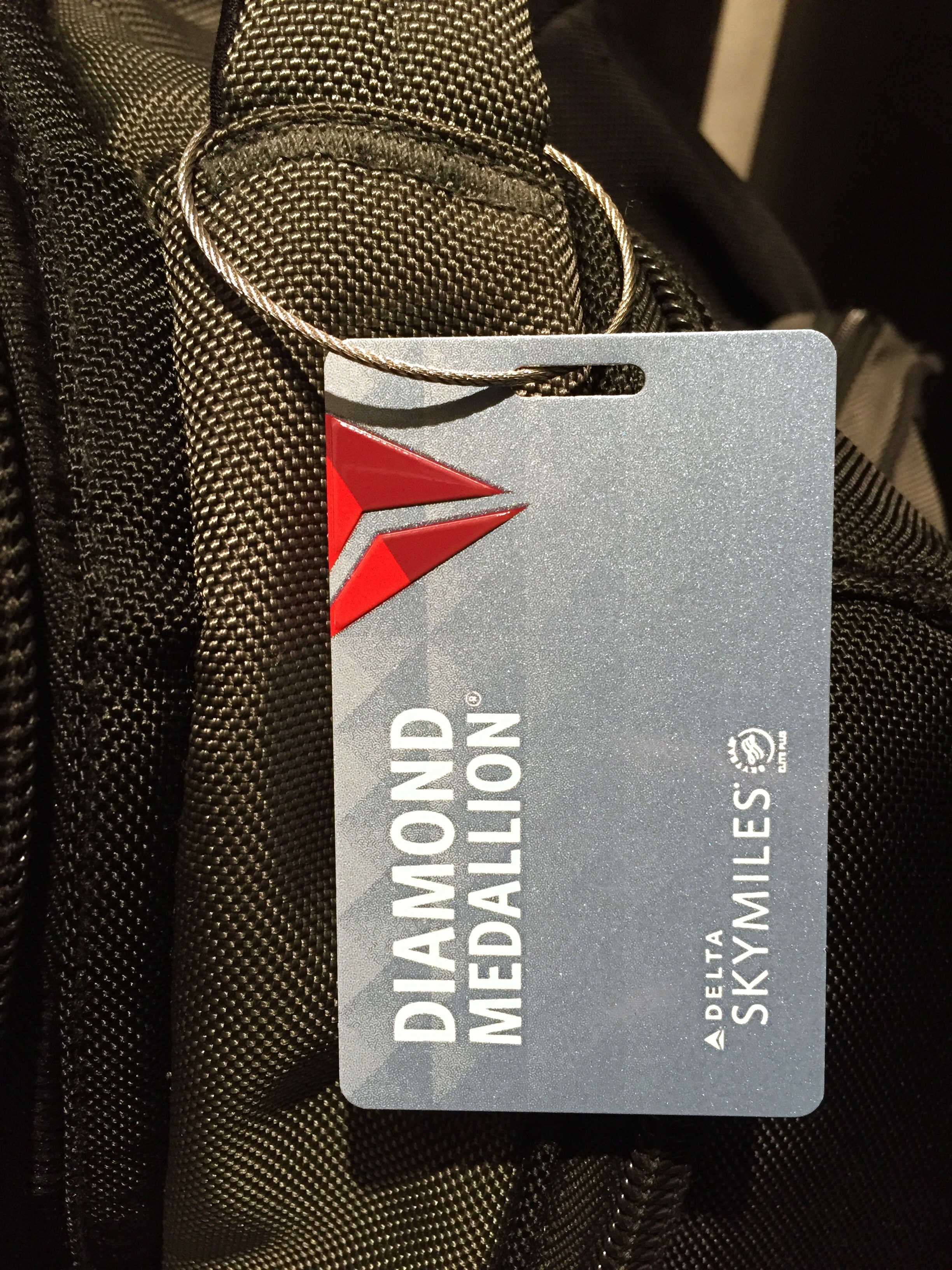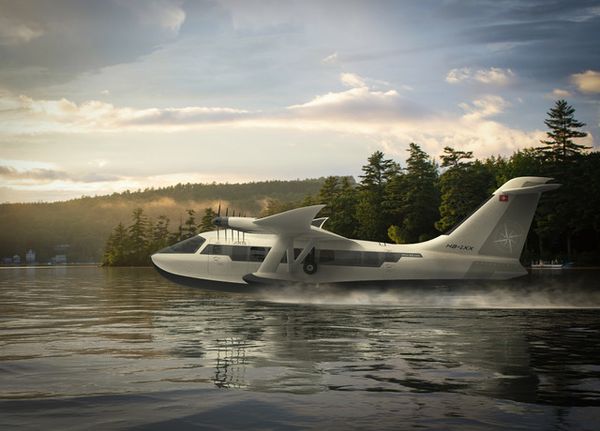Throughout your travels, you've probably heard many popular airlines such as Delta and United use the term "miles" as a means to entice you to fly with them. The average traveler always looks for opportunities to save money and get rewarded, but what exactly are "miles" referring to in the air travel industry?
Is miles a universal term? Or does the definition vary depending on the airline or airport? Read onwards to get a brief understanding of what miles are and to clear up any confusion you might have with how airline miles work.
About Airline Miles
Airline miles are a form of non-refundable currency created by many different airlines. In essence, airline miles are a means to attract new customers and keep them loyal to the same airline.
When you fly with a particular airline, you earn miles with that airline. You can later redeem those miles and receive a discount on airfare in the future. The more miles you accrue, the larger the discount you'll have when you redeem your points.
For some airlines, you can also redeem your points towards other expenses, such as seat upgrades, hotels, rental cars, gift cards, and merchandise. As mentioned earlier, though, miles can't be exchanged for cash, so they need to be used towards an eligible purchase.
Some airlines refer to them as "miles", while others call them "points". Here is how some popular airlines brand their mileage systems:
- Delta Air Lines - SkyMiles
- American Airlines - AAdvantage Miles
- United Airlines - MileagePlus Miles
- Hawaiian Airlines - HawaiianMiles
- JetBlue Airways - TrueBlue Points
- Southwest Airlines - Rapid Rewards Points
- Spirit Airlines - Free Spirit Points
- Air Canada - Aeroplan Points

Airlines have their own ways and calculations for coming up with how miles are earned. Some of these factors include the class of seats, how much your tickets cost, and the itinerary. To see how a particular airline rewards customers with miles, refer to that airline's website.
For example, American Airlines has the AAdvantage Program. This program states that the number of miles you fly equates to the number of points in your balance, with extra points available to AAdvantage Program members. Points towards the AAdvantage program can also be earned when customers fly with partner airlines like Qatar Airways, spend with an Advantage Credit Card, and shop at participating retailers.
What's also important to know is that miles can also expire. Depending on the Airline you choose to farm miles from, your miles can expire between one to three years from the date you've earned them. While many customers who don't fly as often can find this unfair, this creates a sense of urgency for travelers to book another flight before these miles expire so the airline can make more money.
Should You Buy Airline Miles?
Delta and other airlines also allow customers to purchase miles. On paper, purchasing miles sounds like a bad idea considering the fluctuating prices of plane tickets. However, buying extra miles is a great idea in certain scenarios.

For example, if you already have accrued a large number of miles, you can simply purchase miles to pay for the entirety of your next plane ticket. So sometimes, paying for the miles can cost less than the airfare. You can also purchase miles from some airlines to extend the life of pre-existing miles and keep them from expiring.
Airlines use miles as a means to market themselves and to entice travelers to become their customers by offering them a chance to save money towards an upcoming flight or another purchase. Ideally, airline miles are for travelers who frequently book flights.
When considering an airline to fly with, be sure to review each of their loyalty programs to determine which airline would offer you the best rewards and savings.
What's your favorite airline loyalty program? Do you like how airlines offer points on travel? Let us know in the comments down below.
NTSB: Maintenance Error Led to Citation CJ4 Gear Collapse in Baton Rouge » The Top 5 Longest Flights in the World » When Will the Boeing 777X Enter Service? Delays, Certification, and 2027 Outlook »
Comments (0)
Add Your Comment
SHARE
TAGS
INFORMATIONAL informativeairlinesmilesrewardsRECENTLY PUBLISHED
 End of an Era: JetBlue's Farewell to the Embraer E190
On September 9, 2025, after nearly two decades of service, JetBlue Airways brought an end to an era with the retirement of its Embraer E190 fleet.
INFORMATIONAL
READ MORE »
End of an Era: JetBlue's Farewell to the Embraer E190
On September 9, 2025, after nearly two decades of service, JetBlue Airways brought an end to an era with the retirement of its Embraer E190 fleet.
INFORMATIONAL
READ MORE »
 Cities in the Sky: The Future Built on eVTOL Flight
Imagine stepping out of your office, walking to a nearby rooftop, and moments later lifting off vertically into the sky — no airport lines, no traffic, just a silent hop across the city. This future is no longer science fiction; it's the foundation of what could be aviation's biggest innovation since the jet age.
INFORMATIONAL
READ MORE »
Cities in the Sky: The Future Built on eVTOL Flight
Imagine stepping out of your office, walking to a nearby rooftop, and moments later lifting off vertically into the sky — no airport lines, no traffic, just a silent hop across the city. This future is no longer science fiction; it's the foundation of what could be aviation's biggest innovation since the jet age.
INFORMATIONAL
READ MORE »
 The Runway is Obsolete: Jekta Swiss is Resurrecting the Flying Boat for the 21st Century
AeroXplorer sat down with George Alafinov, CEO & Co-founder of Jekta Swiss. In conversation, he discussed the company's unique value proposition and how he sees his aircraft revolutionizing the amphibious aircraft industry.
STORIES
READ MORE »
The Runway is Obsolete: Jekta Swiss is Resurrecting the Flying Boat for the 21st Century
AeroXplorer sat down with George Alafinov, CEO & Co-founder of Jekta Swiss. In conversation, he discussed the company's unique value proposition and how he sees his aircraft revolutionizing the amphibious aircraft industry.
STORIES
READ MORE »



